Order our MB-500 Practice Questions Today and Get Ready to Pass with Flying Colors!
Go To test MB-500 Free Questions
Product Description
The Microsoft Dynamics 365: Finance and Operations Apps Developer certification is highly valued in the IT industry and obtaining it can open a variety of career opportunities. One of the best ways to prepare for the Microsoft MB-500 exam is by practicing with high-quality practice questions and understand the answers. QuestionsTube offers MB-500 exam questions with precise answers online for helping you make preparation for MB-500 exam.
Microsoft Certification MB-500 Exam Information
The Microsoft Dynamics 365: Finance and Operations Apps Developer MB-500 exam is the part of the requirements for Microsoft Certified: Dynamics 365: Finance and Operations Apps Developer Associate certification. If you’re a developer who works with functional consultants and solution and technical architects, and you’re accountable for translating requirements into critical system functionality with finance and operations apps in Dynamics 365, you could use this certification to advance your career. You must have experience providing fully realized solutions using standardized application coding patterns, extensible features, and external integrations. The Microsoft MB-500 exam is available in multiple languages, including English, Japanese, Chinese (Simplified), German, French, Spanish, Portuguese (Brazil), Italian. Make sure that you can pass the MB-500 exam and earn the Microsoft Certified: Dynamics 365: Finance and Operations Apps Developer Associate certification to promote your positions.
To make sure that you can prepare for the MB-500 exam well, you need to read all exam objectives first:
- Identify finance and operations app modules required for a solution based on business requirements
- Identify architectural differences between the cloud and on-premises versions of finance and operations apps
- Identify components of the application stack
- Differentiate the purposes and interrelationships between packages, projects, models, and elements
- Describe the finance and operations user interface layouts and components
- Design workspaces
- Design and personalize user interface elements including grids, forms, and pages
- Define navigation elements including menus and menu items
- Configure filtering options and saved views
- Describe the capabilities of the Environment Monitoring Tool within Lifecycle Services (LCS)
- Select the purpose and appropriate uses of LCS tools and components
- Research and resolve issues by using Issue Search
- Identify activities that require asset libraries
- Prepare deployment packages and deploy packages
- Create extension models
- Design and build projects
- Manage metadata using Application Explorer
- Synchronize data dictionary changes with the application database
- Create elements by using element designers
- Create, check out, and check in code and artifacts
- Branch and merge code
- Compare code and resolve version conflicts
- Implement the SysOperation framework
- Implement the SysExtension framework
- Implement the asynchronous framework
- Implement the workflow framework
- Implement the SysTest framework
- Add a new form to a project and apply a pattern (template)
- Configure a data source for the form
- Add a grid and grid fields, groups, and other controls to a form
- Create and populate menu items
- Test form functionality and data connections
- Add a form extension to a project for selected standard forms
- Add tables to a project
- Add table fields and field properties to a table
- Add field groups, relations, delete actions, methods, and indices
- Add a table extension to a project for a table
- Add an EDT to a project and populate EDT properties
- Add an enumeration to a project
- Add or update enumeration elements and enumeration element properties
- Add an extension of EDT and enumerations
- Add a new class to a project
- Create a new class extension and add new methods
- Add event handler methods to a class
- Add attributes to a class
- Identify and implement base types and operators
- Implement common structured programming constructs of X++
- Create, read, update, and delete (CRUD) data
- Identify and implement global functions in X++
- Implement table and form methods
- Implement X++ variable scoping
- Implement inheritance and abstraction concept
- Implement query objects and the QueryBuilder class
- Implement attribute classes
- Implement chain of command and wrapper classes
- Create and modify report data sources and supporting classes
- Implement reporting security requirements
- Describe the report publishing process
- Describe the differences between using Entity store and Bring your own database (BYOD) or Azure Data Lake as reporting data stores
- Create and modify reports in finance and operations apps that use SQL Server Reporting Services (SSRS)
- Create and modify finance and operations apps reports by using Power BI
- Create and modify finance and operations apps reports by using Microsoft Excel
- Implement Business document management
- Design and implement KPIs
- Identify data integration patterns
- Create drill-through workspace elements
- Implement built-in charts, Power BI embedded visualizations, aggregate measurements, aggregate dimensions, and other reporting components
- Identify data integration patterns
- Select an appropriate data integration API
- Identify differences between synchronous vs. asynchronous patterns
- Develop a data entity by using Visual Studio
- Develop, import, and export composite data entities
- Identify and manage unmapped fields in data entities
- Consume external web services by using RESTful APIs and SOAP
- Integrate finance and operations apps with Microsoft Excel by using OData
- Integrate Power Automate, Power BI, and Power Apps with finance and operations apps
- Implement electronic reporting
- Implement custom services, Batch OData API, business events, and Azure Logic Apps
- Integrate Microsoft Dataverse with finance and operations apps by using dual-write or virtual entities
- Import and export data using entities between finance and operations apps and other systems
- Monitor the status and availability of entities
- Enable change tracking for entities
- Set up a data project and recurring data jobs
- Design entity sequencing
- Generate field mapping between source and target data structures
- Develop data transformations
- Create or modify duties, privileges, permissions, and roles
- Implement segregation of duties
- Enforce permissions policies
- Implement Extensible Data Security (XDS) policies
- Identify and apply caching mechanisms for forms and tables
- Implement the global cache
- Create or modify temporary tables for optimization purposes
- Determine when to use set-based queries and row-based queries
- Modify queries to optimize performance
- Modify variable scope to optimize performance
- Analyze and optimize concurrency
- Capture traces by using TraceParser and analyze traces
- Diagnose and optimize client performance by using Microsoft Edge F12 Developer tools, Fiddler, and other common tools
- Diagnose and optimize client performance by using Performance Timer
- Optimize performance for data entities, data source queries, batch processes, and reports
MB-500 Practice Questions with Precise Answers
MB-500 practice questions of QuestionsTube are designed to help you prepare for the Microsoft Dynamics 365: Finance and Operations Apps Developer exam by providing a thorough understanding of the exam topics. Each question is accompanied by a precise answer and a detailed explanation that help you understand the concept behind the question. This ensures that you not only memorize the correct answer but also understand the reasoning behind it.
Multiple Formats and Free Updates
QuestionsTube offers Microsoft MB-500 practice questions in two formats: PDF and Exam Engine. The PDF format allows you to study the questions on any device, while the Exam Engine format simulates the real exam experience. The two formats can be downloaded directly without waiting. Additionally, we offer free updates for different periods, including 3-month, 6-month, and 1-year intervals. This ensures that you have access to the most up-to-date content, and you can prepare for the MB-500 exam with confidence.
Money-Back Guarantee
We are confident in the quality of our MB-500 practice exam questions and offer a money-back guarantee. If you fail the exam with the MB-500 exam questions, we will refund your purchase price. This policy ensures that you can purchase our product with confidence, knowing that you are not taking any financial risk.
In conclusion, the Microsoft MB-500 study materials of QuestionsTube are an excellent resource for anyone preparing for the Microsoft Dynamics 365: Finance and Operations Apps Developer exam. By using the MB-500 exam questions, you can prepare for the exam with confidence and increase your chances of passing the MB-500 exam on the first try.

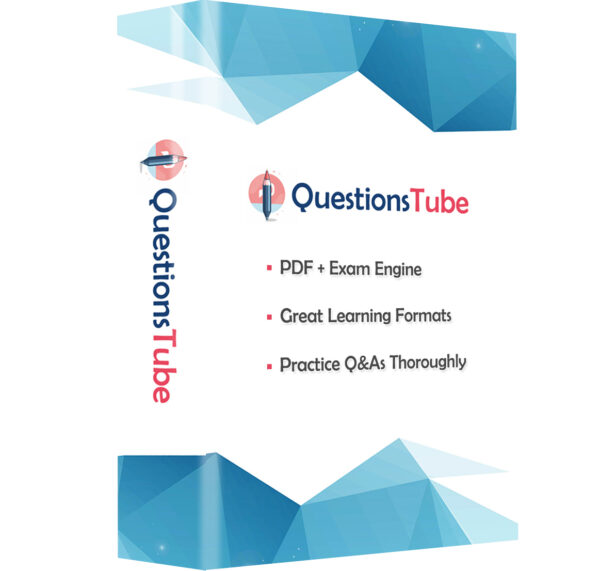
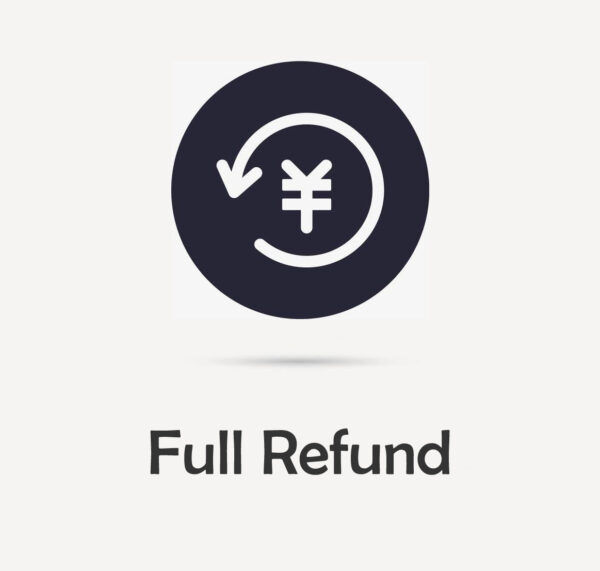
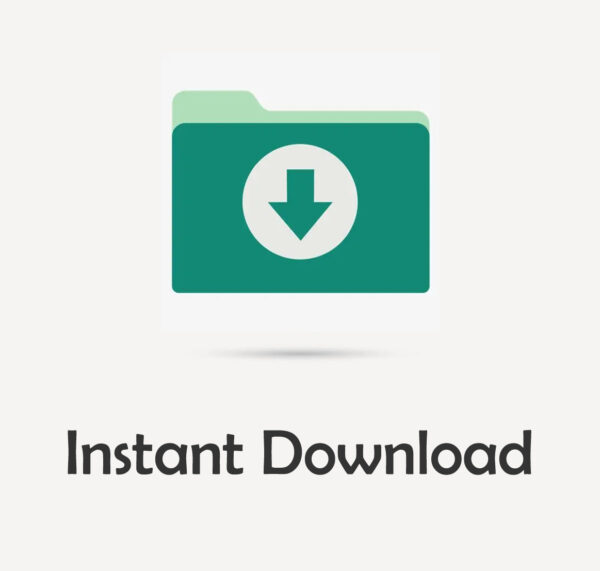

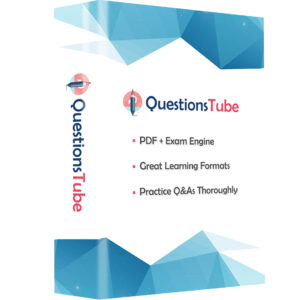
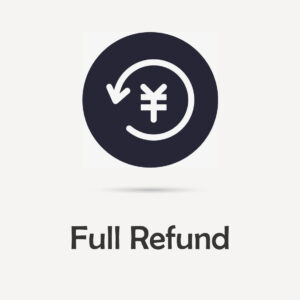


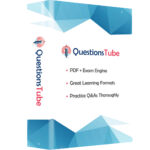
Reviews
There are no reviews yet.